Many cases of infection hospitalized after floods
On October 2, the Central Hospital for Tropical Diseases informed that it had just admitted 5 people in a family (2 spouses, children and 2 grandchildren) in Thai Nguyen in a state of fever and fatigue. Of which, the wife, children and 2 grandchildren were treated at the General Infection Department, while Mr. NVC (48 years old) had to be admitted to the emergency room due to severe progression of high liver enzymes, acute kidney failure and thrombocytopenia.
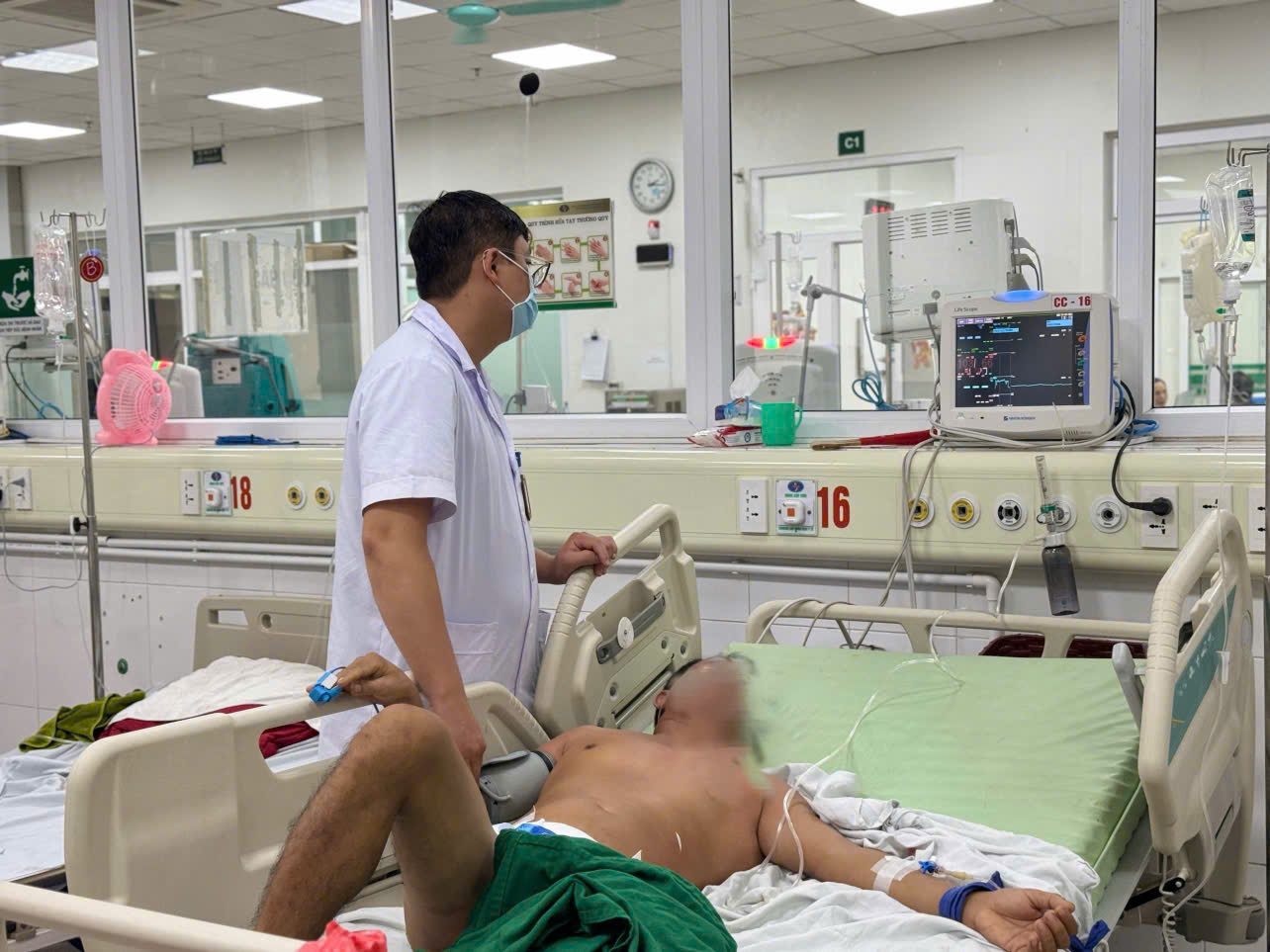
Patients infected with bacteria after floods are being treated intensively at the hospital (Photo: Mai Thanh).
About 4 days after the historic flood caused by Typhoon Yagi in the northern provinces, Mr. C began to experience symptoms of high fever of unknown origin, accompanied by fatigue, difficulty breathing, abdominal distension and pain in the right flank. In addition, Mr. C urinated less and his health condition worsened. Although he bought fever-reducing medicine himself, Mr. C's symptoms did not improve, forcing him to go to a local medical facility for examination.
Here, he was diagnosed with an infection and prescribed antibiotics for 2 days. However, after the fever subsided, symptoms such as difficulty breathing, abdominal distension, and little urination remained, and Mr. C even experienced bouts of agitation and uncontrollable writhing. Afterwards, Mr. C was transferred to the Emergency Department - Central Hospital for Tropical Diseases.
Mrs. NT H, Mr. C's wife, said that her family lives in a level 4 house in a heavily flooded area of Dong Bam, Thai Nguyen. The flood caused water to be up to 1.8 meters deep, forcing the family to live in polluted floodwater. All household items were submerged in water, and the family's livestock barns were also severely affected.
Based on epidemiological factors, especially the fact that Mr. C's family lived in a long-term flooded environment and had direct contact with floodwater, doctors suspected that he and four family members had Leptospira.
Also here, doctors also received patient TV D (born in 1971, in Yen Bai city) transferred from Yen Bai General Hospital in a state of unspecified sepsis, severe liver and kidney failure, sedated, on a ventilator, and maintained on vasopressors.
It is known that the patient's family lives in a storm and flood area, and the patient's entire house was flooded. After that, the patient participated in flood prevention cleaning, and had a lot of contact with water and mud. About a week before being admitted to the hospital, the patient had muscle pain and fatigue. After that, the patient was admitted to the hospital with a worsening condition, fever, loose stools, low blood pressure, respiratory failure, and decreased consciousness. The patient was intubated and transferred to the Central Hospital for Tropical Diseases. The patient was diagnosed with septicemia with shock, and was monitored for Leptospira (yellow spirochetes)...
Note with jaundice spirochetal infection
MSc. Dr. Pham Thanh Bang, Department of Emergency Medicine - Central Hospital for Tropical Diseases said: "Leptospira jaundice is an acute infectious disease caused by spirochetes of the Leptospiraceae family. Leptospira penetrates the human body through scratches on the skin and mucous membranes when in contact with contaminated water (fields, ponds, lakes, stagnant puddles). Even if exposed to a contaminated environment for a long time, the bacteria can penetrate directly through healthy skin and mucous membranes. The disease often occurs in the rainy season because spirochetes spread along the water. The recent flood caused by Typhoon Yagi created favorable conditions for the spread of Leptospira bacteria, especially in pig farming areas where the sanitation system is not guaranteed.
In Vietnam, Leptospira disease still occurs sporadically, especially in flood-prone areas. Although it has decreased significantly compared to previous decades, the disease remains a health threat to people who are directly exposed to floodwaters.
"To prevent Leptospira, livestock barns, slaughterhouses, etc. must be high, well-drained, regularly cleaned and disinfected. At livestock farms, slaughterhouses, swimming pools, etc., it is necessary to regularly or periodically check waste to promptly handle rat prevention and environmental sanitation. People working in floodwater or barn environments need to be fully equipped with protective clothing, boots, and gloves to minimize the risk of infection," Dr. Bang advised.
Source: https://www.baogiaothong.vn/ca-gia-dinh-nhap-vien-cap-cuu-vi-nhiem-khuon-sau-mua-lu-192241002134310959.htm


![[Photo] Hanoi morning of October 1: Prolonged flooding, people wade to work](https://vphoto.vietnam.vn/thumb/1200x675/vietnam/resource/IMAGE/2025/10/1/189be28938e3493fa26b2938efa2059e)
![[Photo] President of the Cuban National Assembly visits President Ho Chi Minh's Mausoleum](https://vphoto.vietnam.vn/thumb/1200x675/vietnam/resource/IMAGE/2025/10/1/39f1142310fc4dae9e3de4fcc9ac2ed0)

![[Photo] Keep your warehouse safe in all situations](https://vphoto.vietnam.vn/thumb/1200x675/vietnam/resource/IMAGE/2025/10/1/3eb4eceafe68497989865e7faa4e4d0e)


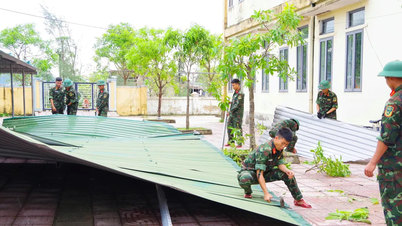

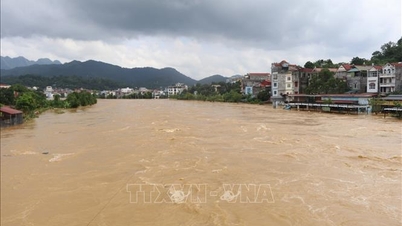

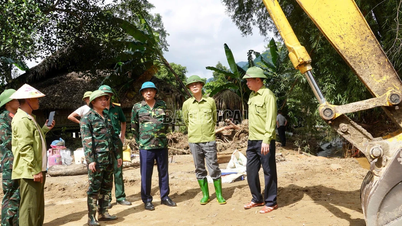

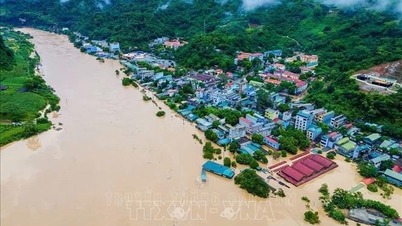





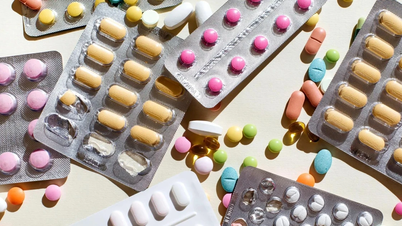

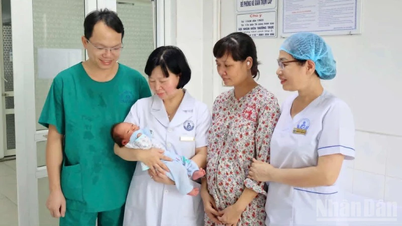

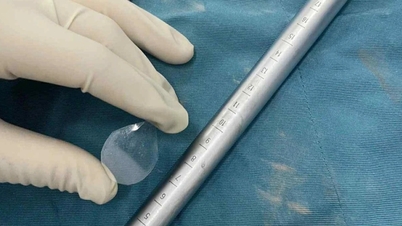


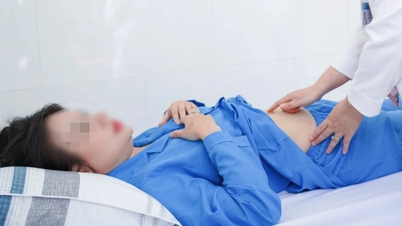








































































Comment (0)